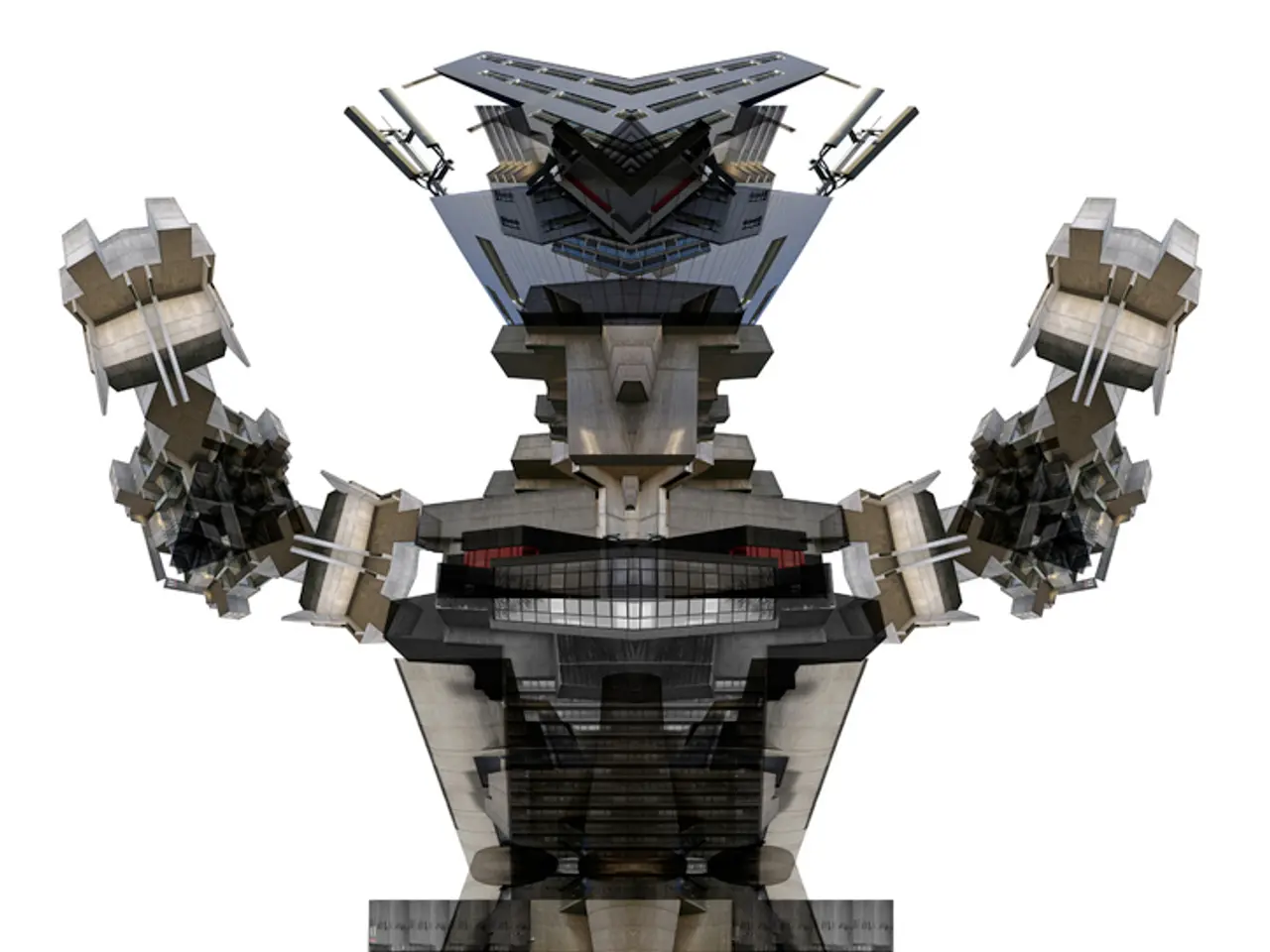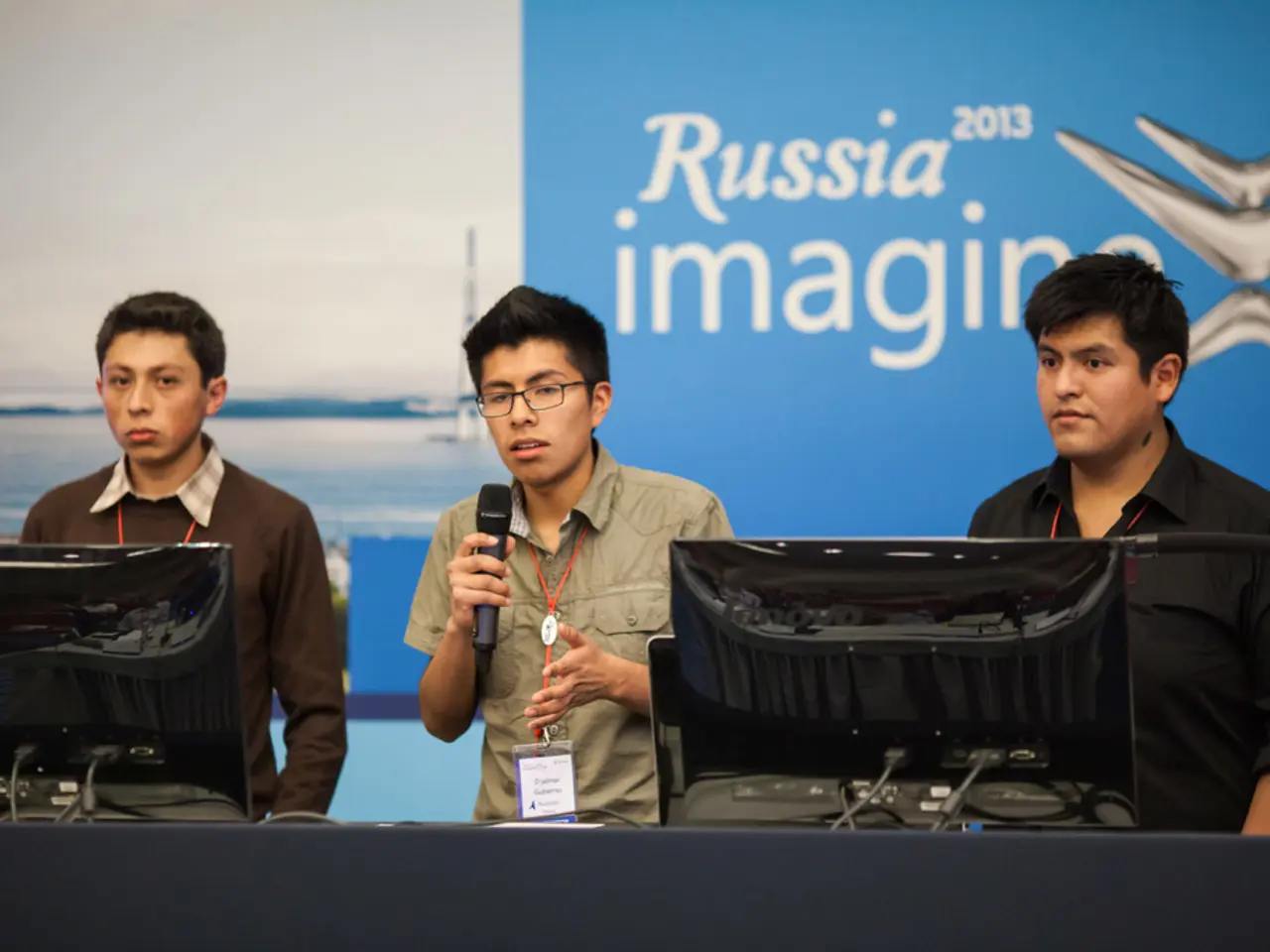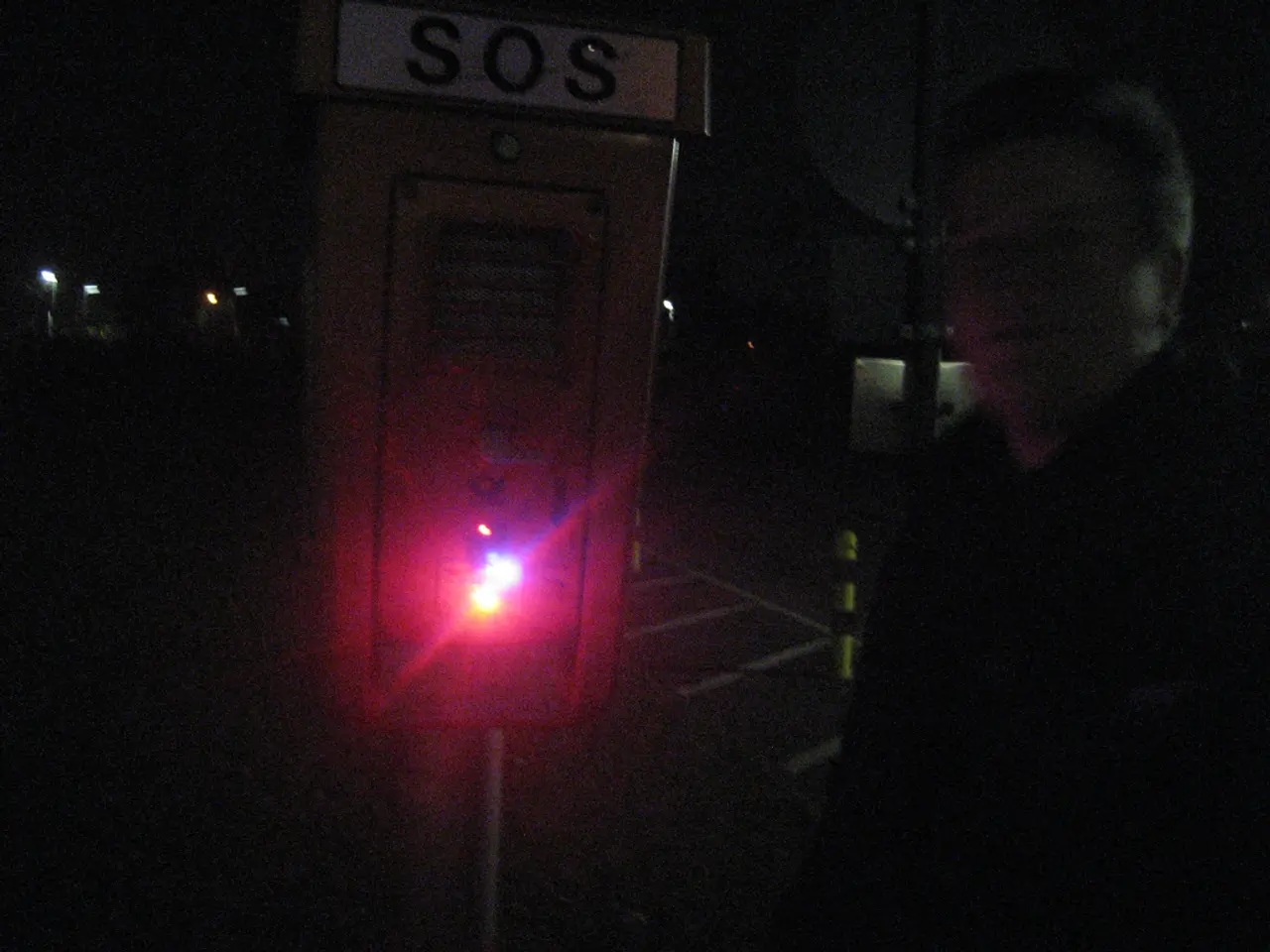Robot with humanoid design completes high school education in a peculiar graduation event, as per report.
In a rapidly evolving technological landscape, humanoid robots are making their mark, with China and the United States leading the charge. The surge in the development and visibility of these machines is transforming industries and society, as each nation leverages its unique strengths in this dynamic and competitive landscape.
China's Advancements
China has significantly increased its share of global industrial robot installations, surpassing half of all worldwide deployments over the past decade. This growth is driven by a coordinated national strategy that rapidly scales successful technologies. By 2030, Morgan Stanley predicts the Chinese humanoid robot market will reach 12 billion yuan, with sales of 1.5 million units, growing to 6 trillion yuan by 2050. Investments in humanoid robotics have surged, with government support and dedicated industry funds in major cities like Shenzhen and Beijing.
One of the most notable examples of China's progress is Shuang Shuang, a humanoid robot that participated in a high school graduation ceremony in Fujian on July 1, 2021. Shuang Shuang's appearance at the ceremony is part of a broader surge in the development and visibility of human and animal-like robots globally.
US Advancements
The US leads in robotics research and talent, with top universities like Carnegie Mellon and MIT driving innovation. US firms have defined entire markets, such as Amazon Robotics and Intuitive Surgical. While Elon Musk's Tesla is working on the Optimus robot, there isn't specific information on Musk's predictions for humanoid robots in the current context. However, Tesla's efforts are part of the broader US strategy to leverage advanced AI and robotics capabilities.
The US faces challenges in integrating its scattered robotics assets into a unified industrial strategy, contrasting with China's coordinated approach.
Comparative Analysis
Elon Musk has expressed concerns about China's manufacturing capabilities and strategic position in robotics, but there are no specific predictions from him regarding humanoid robots. Tesla's Optimus robot is part of the US effort to remain competitive in robotics, focusing on AI and software advancements, while China emphasizes manufacturing scale and cost efficiency.
In the real world, robot "dogs" have begun real-world use, with them patrolling the perimeters of Mar-a-Lago starting last November to assist Secret Service agents in their security detail for President Donald Trump. The current availability or specific capabilities of these robots are not disclosed.
In conclusion, China is pushing forward with a coordinated national strategy and significant investments, while the US focuses on leveraging its research and talent strengths. The competition between the two nations is intense, reflecting broader technological and industrial challenges. As these machines continue to evolve, their impact on society and economy is set to be profound.
China's growth in the humanoid robot market, propelled by substantial investments and a coordinated national strategy, is set to reach 12 billion yuan by 2030. This advancement in technology is highlighted by Shuang Shuang, a robot that participated in a high school graduation ceremony in Fujian, China.
Artificial Intelligence (AI) is a key aspect of US advancements in robotics, with top universities like Carnegie Mellon and MIT driving innovation. However, unlike China, the US is yet to unveil specific predictions or plans for the development of humanoid robots in the near future.




